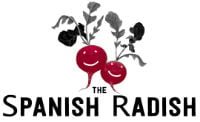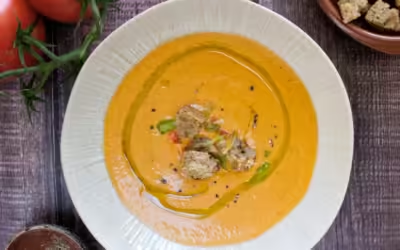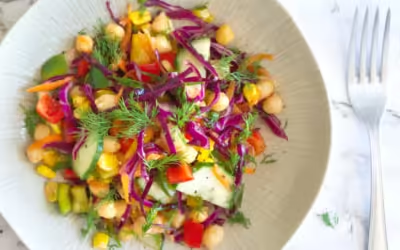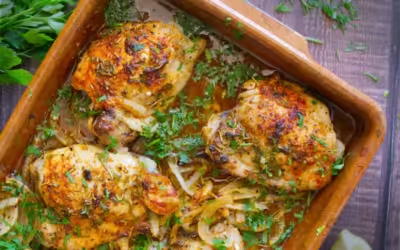The Balearic Islands Regional Foodie Guide
– The best food guides, recipes, and travel tips for Mallorca, Menorca, Ibiza, and Formentera –
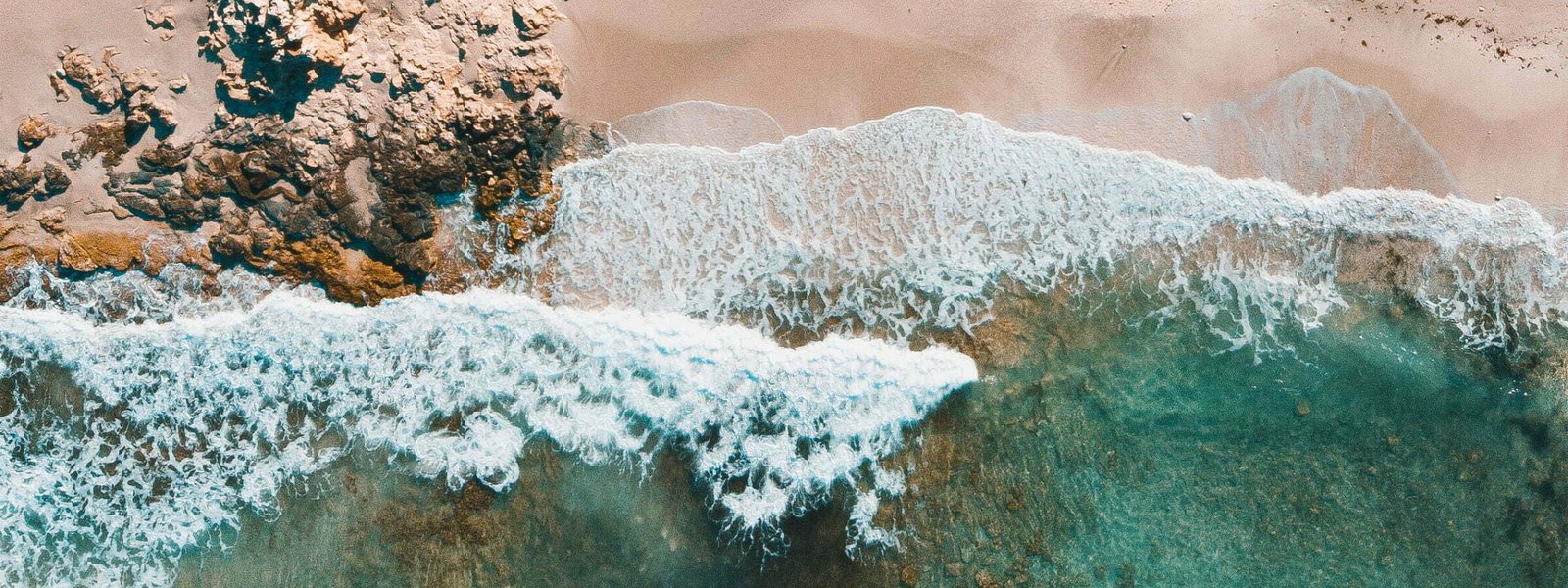
Welcome to the Balearic Islands. Come explore with us with our Balearic Islands regional foodie guide!
Scattered within the crystal blue waters of the Mediterranean sea, the Balearic Islands is an archipelago off the eastern coast of Spain that boasts an incredible gastronomic culture. Each island harbors its own specialty dishes whilst also sharing an appreciation for the many neighboring island recipes as well as drawing culinary influence from neighboring Catalan and Valencian communities.
A trip to the Balearic Islands is surely a treat for the tastebuds and well worth exploring one mouthful at a time! Let’s check out each island within the Balearic Islands archipelago and discover the unique appeal of their food, culture, and top recipes.
An introduction to the Balearic Islands
Located off the east coast of Spain, the Balearic Islands are formed of 151 islands that are Europe’s largest archipelago. Only 4 islands are inhabited: Mallorca, Menorca, Ibiza, and Formentera. Cabrera is the smallest of the islands at 17 square kilometers and is also considered ‘inhabited’ although it is solely inhabited by a military presence of around 12 people to maintain the island’s port and infrastructure.
Each island of the Balearics has its own distinctive history with an extensive array of food produce that is locally grown and has dramatically influenced the individual food palette of each island.
Mallorca is the largest island and has a thriving cosmopolitan city center, Palma, where there are hundreds of excellent tapas bars, cafes, and world-class restaurants.
Menorca is more relaxed but still offers an incredible range of restaurants and local cuisine all showcasing a dynamic range of local and Balearic recipes.
Ibiza is the king of beachside bars and restaurants and is sure to provide exceptional cuisine when you need a break from the party scene.
Finally, the smallest island of the 4 is Formentera, which has an abundance of family-run and/or locally-owned restaurants all offering a unique take on the local Balearic cuisine.
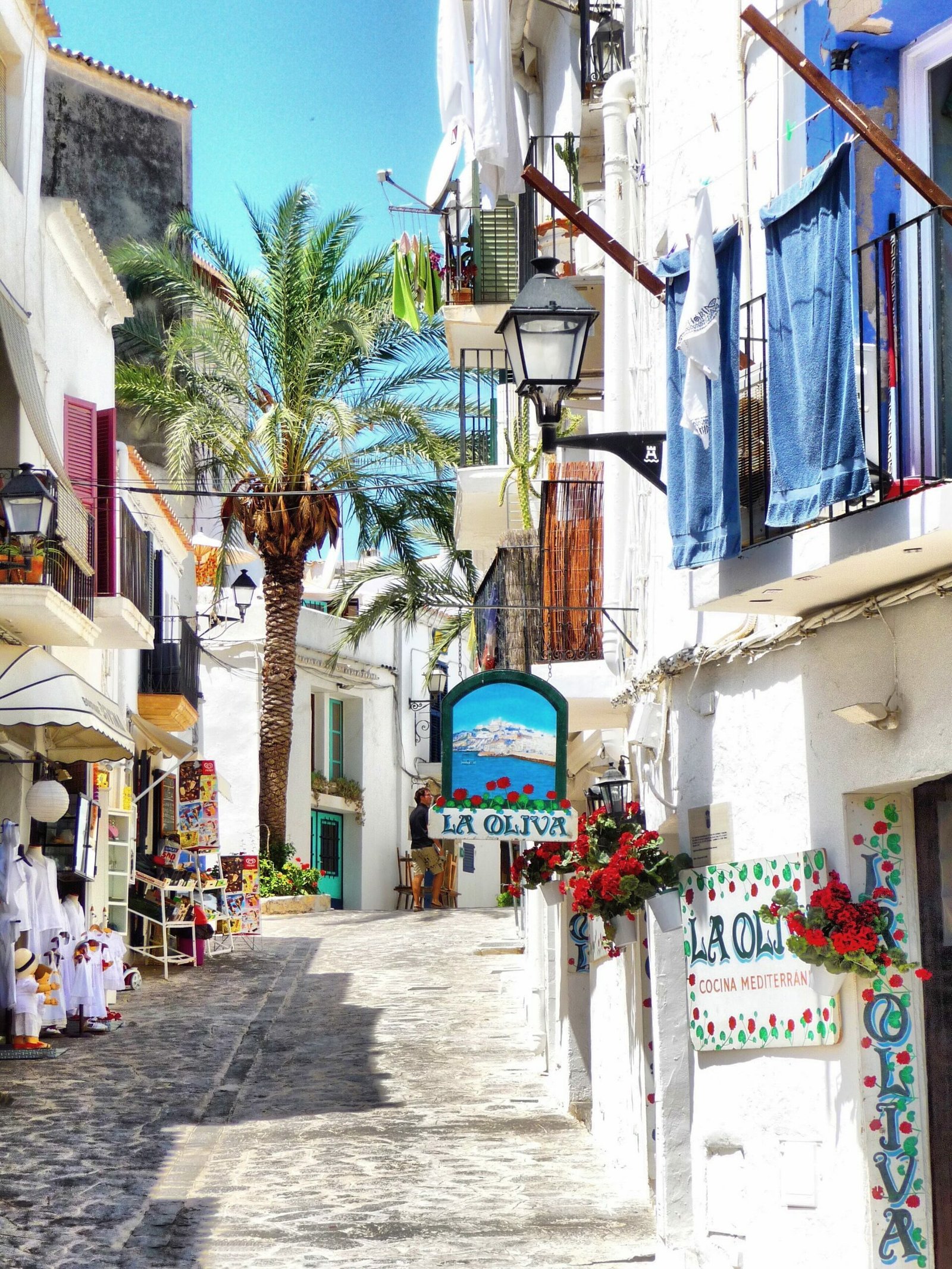
Mallorca/Majorca
Majorca (also written as Mallorca in English) is by far the largest of all the islands and is a major entry point by the Port of Palma and the Palma de Mallorca Airport where many tourists reach the Balearic islands.
Mallorca attracts around 30 million visitors annually with many local islanders and businesses relying on the tourism trade. It is estimated that there are around 2,400 restaurants in Mallorca, making it a hotspot for Spanish and Balearic dishes.
Mallorca Geography
Mallorca spans over 3,600 square kilometers and is well-known for its stunning beaches, azure blue waters, and small coves that are set all around Mallorca’s coast. There are over 365 beaches and coves dotted around Mallorca, with some popular beaches becoming incredibly crowded during the peak summer tourist season.
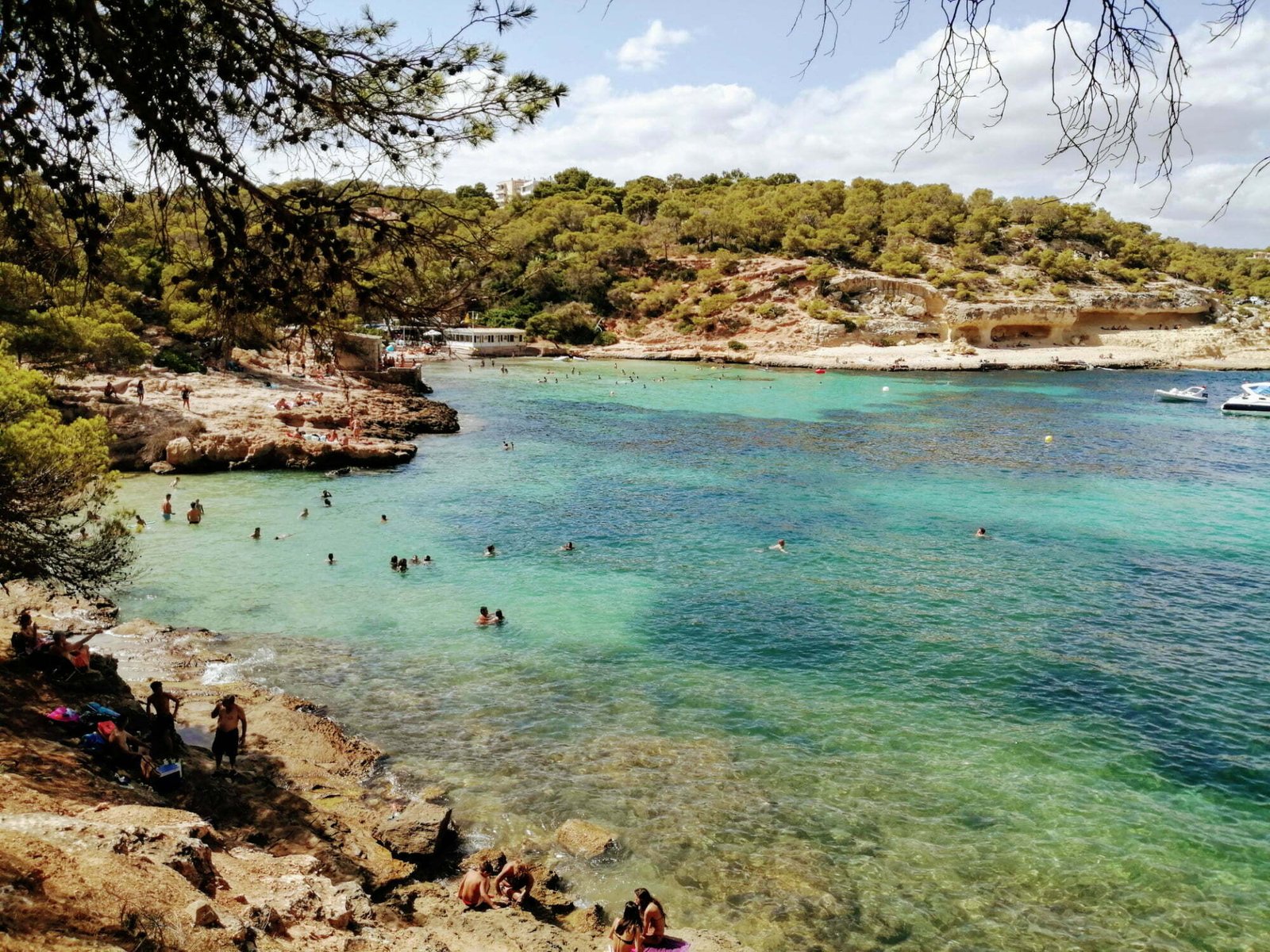
Mallorca’s best beaches and coves;
- Cala Mesquida is located on the far northeastern side of Mallorca and the beach is a long, wide white sand beach nestled amongst a natural park and pine forest.
- Calo del Moro is a stunning, secluded cove with a small beach located close to the town of S’Almunia in Mallorca’s southeast. The beach is famous for shallow turquoise waters and idyllic sunset views.
- Magaluf is located around 20 km to the west of Palma and offers lively nightlife and plenty of bars, restaurants, and cafes dotted along a white sand beach.
- Platja de Can Pere Antoni is one of Palma’s busiest beaches and lies just to the east of the busy port. Due to it being the closest to the city center, the long, white sand beach can get very busy during summer.
- Port de Sóller is a quaint fishing port that has a pretty boulevard lined with excellent restaurants and beachside bars.
Inland, Mallorca has many beautiful natural attractions dotted all over the island with the central plains being mostly flat and known as Es Pla where olives and almonds are typically grown and feature in the Mallorcan diet. Mallorca also boasts the highest mountain of the Balearic Islands, with Puig Major having an altitude of 1432 meters.
Palma, Mallorca
Palma is the capital and port city of Mallorca and receives a vast majority of the visitors who arrive at the island. The city is home to around 470,000 people, but this number swells dramatically with tourists during the summertime.
Palma is a dense, cosmopolitan city with a long sprawling boardwalk that runs past the port and several beaches. There are plenty of excellent white-sand beaches accessible by foot, car or even public transport, not to mention literally hundreds of beachside restaurants and bars to explore.
Palma Bars and restaurants
The city of Palma is relaxed during the day but comes alive by mid-afternoon once the many bars and restaurants start to open. Sunset is particularly busy along the waterfront, and by mid-evening, Palma’s many bars are heaving with people enjoying cocktails and tapas.
With literally thousands of bars and restaurants to choose from in Palma, there’s sure to be something for everyone, but perhaps where Palma shines brightest is the many traditional Mallorcan restaurants that serve specialty Balearic Island cuisine from the region.
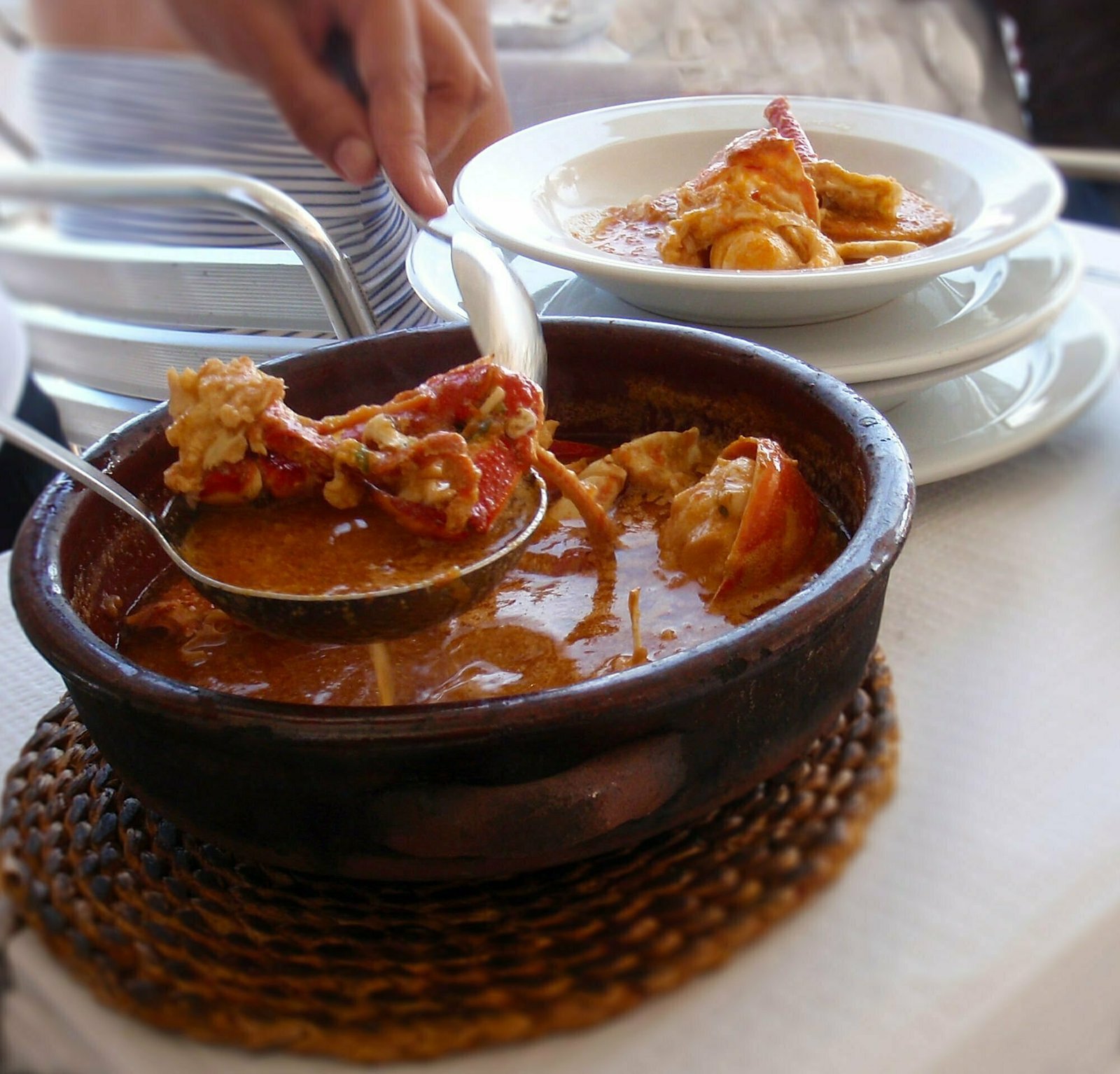
Mallorcan cuisine
With such proximity to the warm waters around the islands, seafood produce features prominently and there are two seafood ingredients that are unique to Mallorca, the Mallorquin shrimp, and the Menorquin lobster which is also found on the island of Menorca.
Seafood dishes such as Caldereta de Langosta, a rich seafood stew made of local lobster and a tasty sofrito (sauce) are popular all over the islands, sold in almost every restaurant on the isles.
Venture inland and you’ll discover a wealth of locally grown produce that is used to create stunning dishes that are unique to the Islands. The Mallorcan almond grows in abundance and is used in many dessert recipes. The ramellet tomato is used to create the traditional pa amb oli (bread with tomato and oil), that’s also known as ‘Pan con Tomate’ in other regions of Spain.
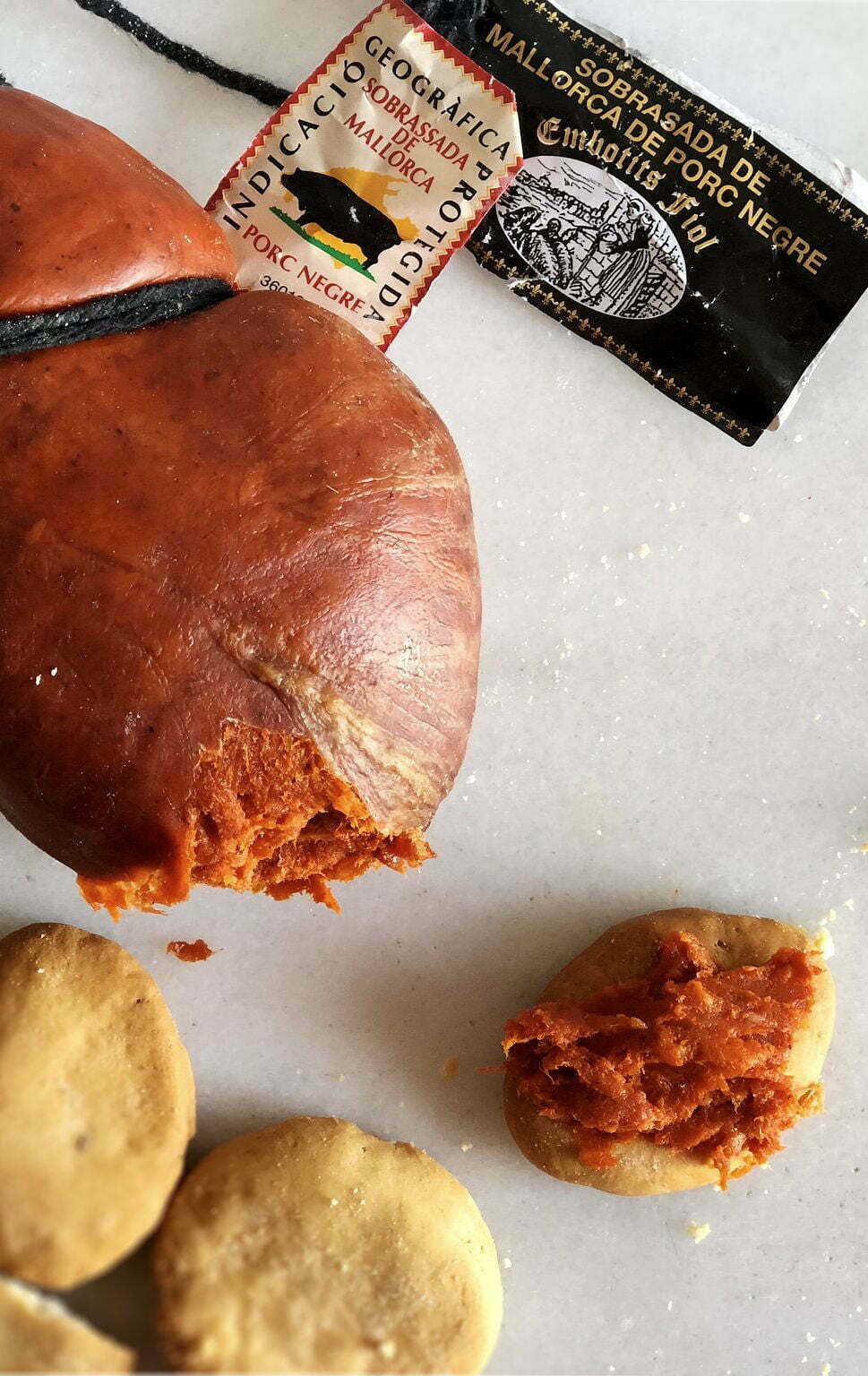
Popular recipes from Mallorca include:
- Rostit – A pork-based dish that is prepared in the oven with liver, eggs, bread, and apples.
- Arròs de peix – Rice and potatoes cooked in a fish broth with fish pieces.
- Tumbet – A dish made from sliced potatoes and eggplants covered with tomato sauce and peppers.
- Sobresada – Blood sausage that is found on all of the Balearic islands.
- Pollo Relleno de Granada – Chicken stuffed with pomegranates.
- Pechuga de Pavo con Salsa de Almendras – Turkey in a rich almond sauce.
- Pichones en Salsa de Castanas – Pigeon in a chestnut sauce.
- Sopes Mallorquines or Mallorcan Soup is a traditional dish in all typical restaurants in Mallorca.
- Arròs brut – A traditional Mallorcan specialty that is made with a combination of onions, tomatoes, rice, mushrooms, meat such as chicken or rabbit, and peas, red peppers, and green beans.
- Trempó is a refreshing and tasty summer salad made with a combination of tomatoes, onions, and Mallorcan green bell peppers.
Check out these great recipe guides from the Balearic Islands:
Bacalao ceviche with pickled cucumber and grapefruit
Pan am allioli (Pan Con Tomate)
Suquet de peix /Suquet de Pescado (fish stew)
Paella de marisco (seafood paella)
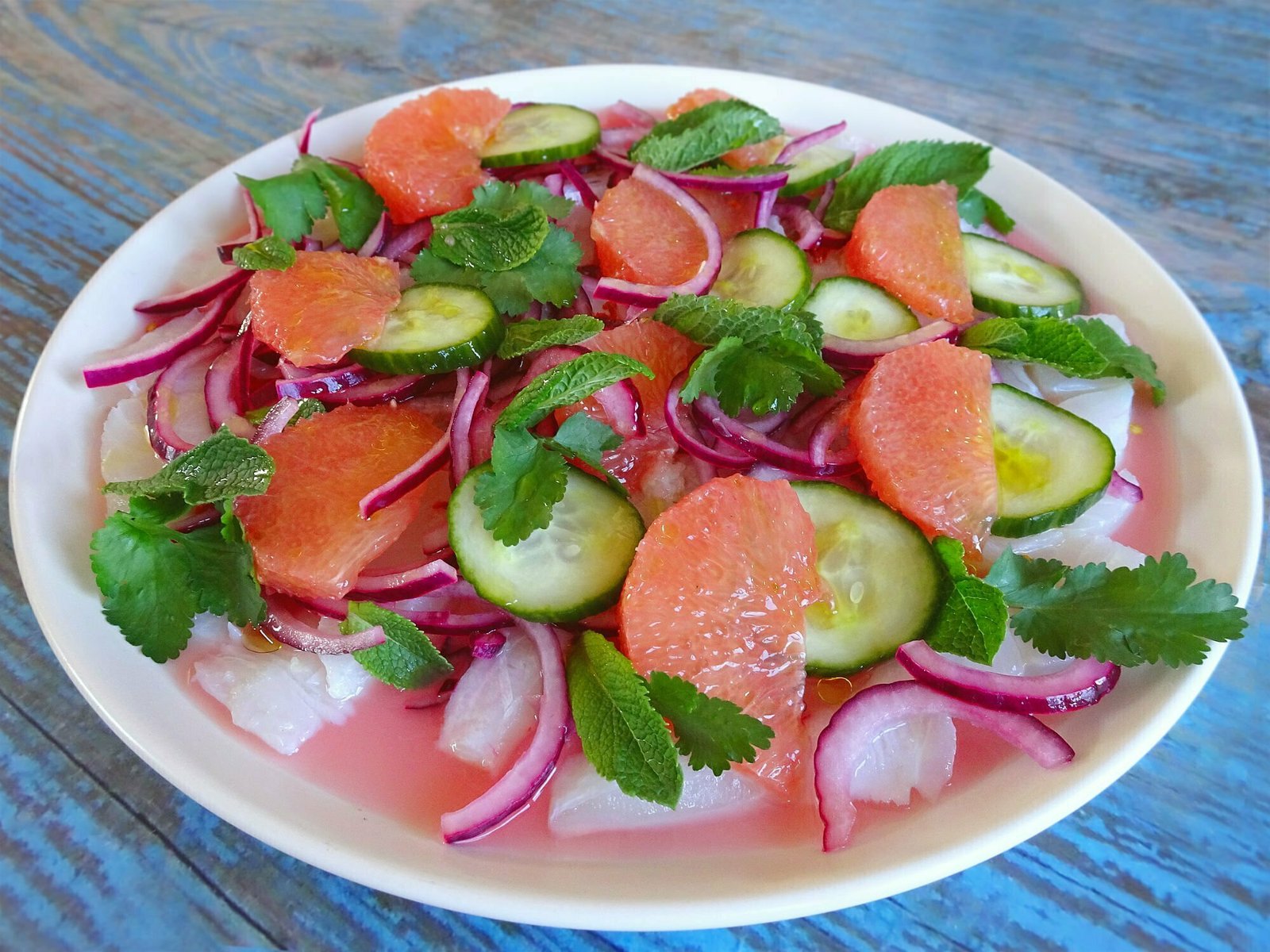
Mallorcan drinks and wine
Besides rich culinary dishes, drinks such as wine and liqueurs are also produced on the Balearic Islands and there are several geographical areas devoted to wine production.
Mallorca has two official designations of origin (DO):
- Binissalem
- Pla I Llevant
There are also other wineries in the Balearic Islands producing a dry white wine that’s made mainly in the traditional terraced vineyards that are set beside stunning coastal villages such as Estellencs and Banyalbufar in Mallorca.
Tasty locally produced liqueurs are also highly regarded in the region with Hierbas Mallorquinas being served as a digestif in many of the Mallorcan restaurants after a hearty meal.

Popular drinks from Mallorca:
- Hierbas Mallorquinas is a thick, green alcoholic liqueur made from a variety of herbs including mint, aniseed, rosemary, fennel, and lemon rind. It is a digestive and thus settles the stomach after a big meal. (Mallorca)
- Palo de Mallorca is a dark-hued beverage produced by macerating cinchona bark and gentian.
Menorca/Minorca
Locate to the northeast of Mallorca, Menorca (also written as ‘Minorca’) is the second-largest Balearic Island and has around 100,000 inhabitants. The two largest cities on the island are Ciutadella de Menorca (or just Ciutadella locally), and Port Mahón (Maó).
The island of Menorca offers visitors a far more relaxed approach compared to Mallorca and Ibiza with visitors able to enjoy the many beaches and towns throughout the island without the bustle of the bigger islands.
Menorca has stunning white-sand beaches and secluded coves that are far less crowded than on other Balearic islands. A few notable areas are Cala Trebalúger, Cala Mesquida, and Cala Mitjaneta, all of which offer stunning azure waters and breathtaking white-sand beaches.
Menorcan Cuisine
Menorcan cuisine is built around locally sourced, seasonal ingredients, and the traditional Menorcan diet has strong ties to the Mediterranean diet. Excellent quality seafood and fish can be found on the island, with skate, (manta) ray, lobster, and rockfish all caught off the shores of the island and sold in the local markets.
Inland, there are fertile plains and forested areas that offer wild asparagus, mushrooms, fruit orchards, as well as over 900 species of flowering plants.
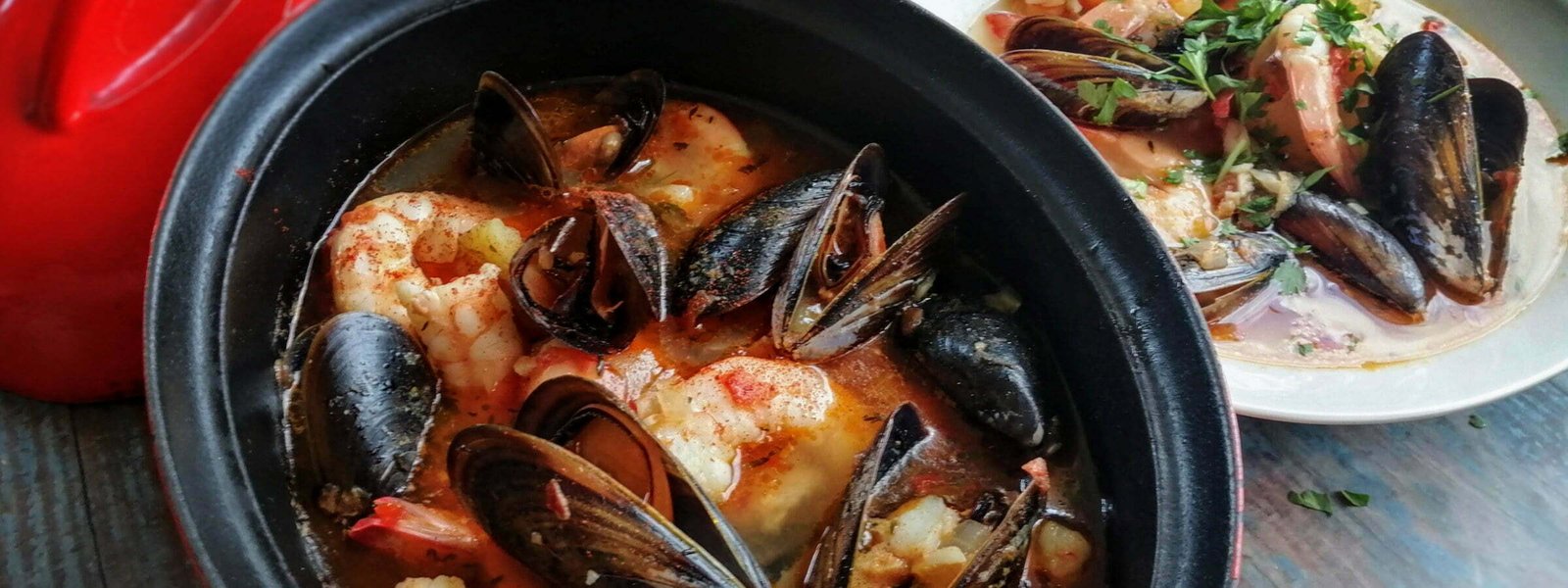
Popular local Menorcan dishes:
- Ray in the oven with potatoes (raya al horno con patatas) – A popular dish made with the fins of local rays caught off the coast of Menorca.
- Sobrasada – Blood sausage that is found on all of the Balearic islands.
- Lobster soup/stew (Arroz con Langosta) – A traditional Menorcan recipe that’s made with the sweeter rock lobster that’s prominently caught in the summer season.
- Lamb pieces with sauce (trozos de cordero con salsa) – This dish infuses the flavor of pearl onions, parsley, streaky bacon, and white wine to make an incredible sauce.
- Cuttlefish with green peas – A very well-known local favorite that’s served in the many tapas bars across Menorca. The dish gets a lot of its flavor from using cuttlefish liver.
- Seafood with lobster and peppers (Caldereta de Langosta) – A mixture of seafood with peppers and herb-flavored liqueur. Uses a delicious sofrito, a base mixture made of tomatoes, green peppers, onions, garlic, and parsley.
Menorcan drinks and wine
Of course, no trip to the Balearic Islands is complete without a good sundowner, and the local Menorcan gin called Mahon gin (Xoriguer) is a favorite often mixed with lemonade, sugar syrup, and a crisp lemon wedge to make the cocktail Pomada.
While wine production is not as prominent as it once was on the island, many smaller boutique vineyards have recently been established on Menorca and offer excellent quality wines in smaller batches.
The island’s geographic denomination is known as ‘Vi de la Terra Illa de Menorca’ and was established in 2002. A majority of Menorcan wine is a red wine made from a combination of Merlot and Cabernet Sauvignon grape varieties.
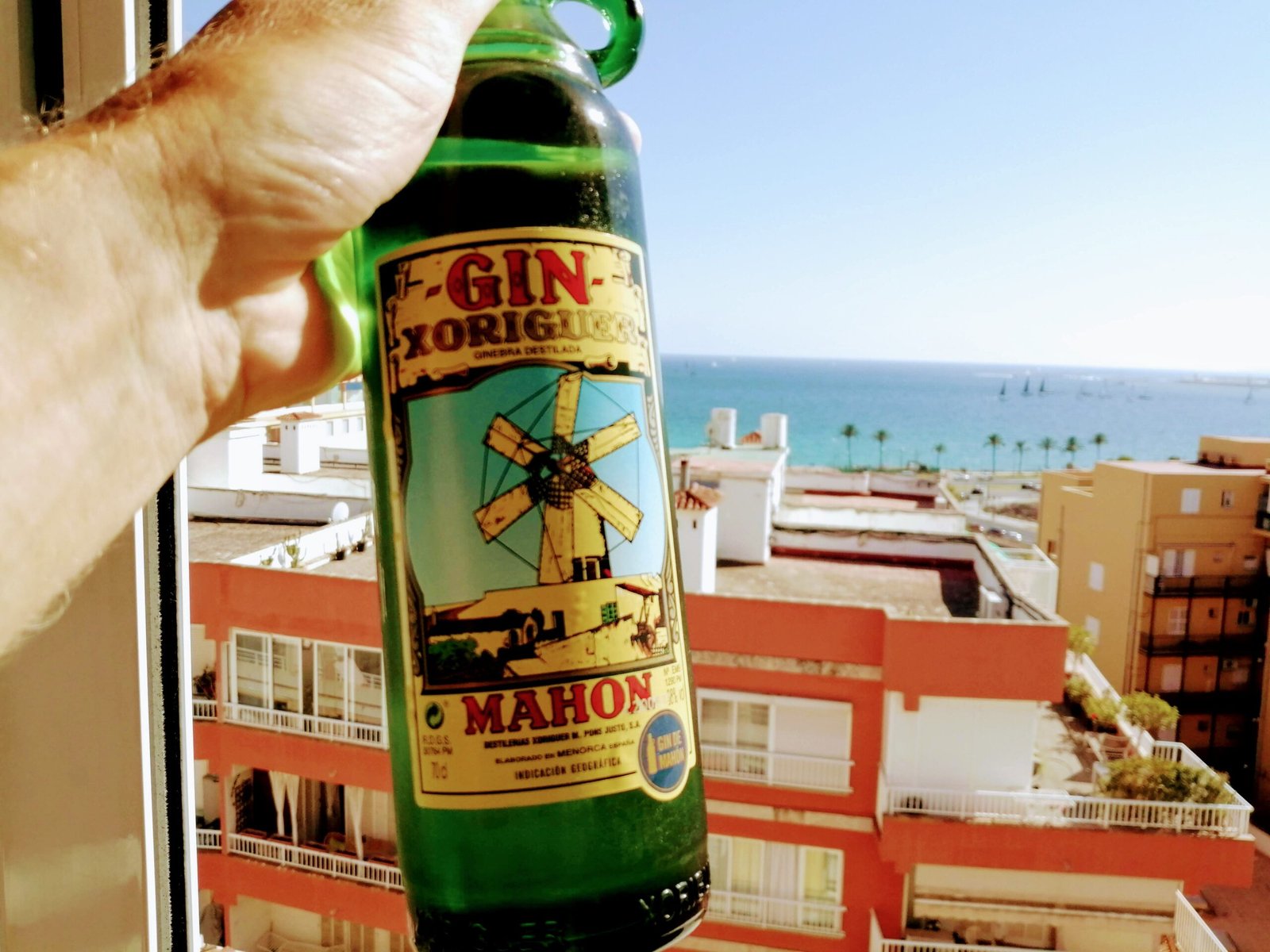
Ibiza/Eivissa
Ibiza is the third-largest of the Balearic islands and is located 150km east of the city of Valencia. Large portions of the island are listed as a UNESCO world heritage site.
Ibiza, known as ‘Eivissa’ locally, has a thriving tourism sector and is well-known internationally as a party island, mainly due to the electronic dance music scene and numerous nightclubs and music venues that attract huge numbers of international tourists during the summer months. Ibiza attracts around 6 million visitors a year, with a majority of visitors arriving between April and September.
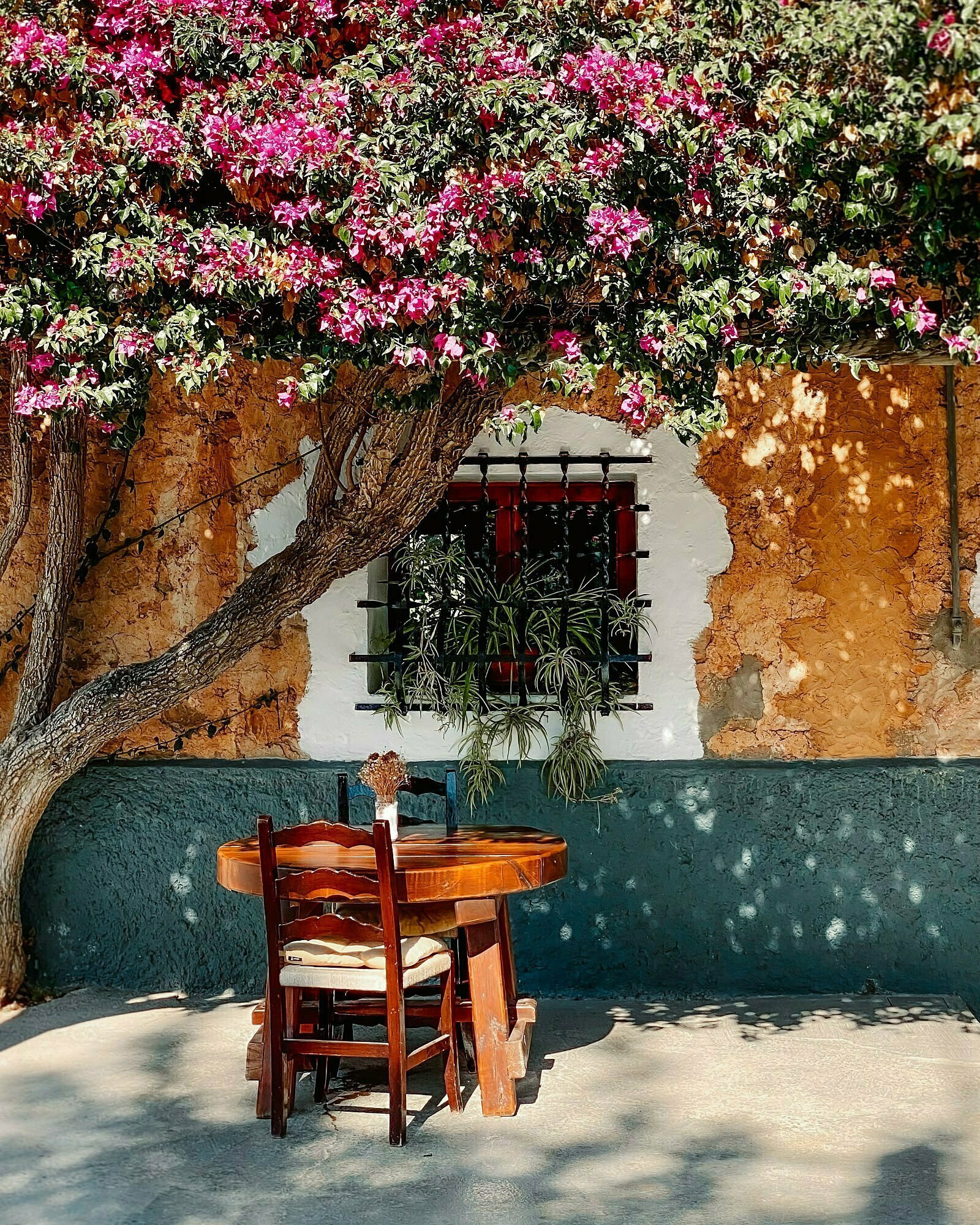
Ibizan cuisine
There are a number of local dishes that are popular throughout the island, with many using locally sourced ingredients to make hearty stews or soups.
- Sofrit Pagés – Traditional Balearic stew is a hearty mixture of various meats and the Ibizan sausages called sobrassada and botifarra.
- Sobresada – Blood sausage that is found on all of the Balearic islands.
- Arròs de Matança – Traditional dish in Ibiza made of rice, locally sourced meat (chicken, beef, pork), saffron, and mushroom.
- Paella marisco – Seafood paella that’s popular all over the Balearic islands and made with locally sourced seafood such as fish, shrimp, and lobster.
- Bullit de peix – An Ibizan fish stew that traditionally uses large chunks of rockfish that are caught locally off the coast of the island. Served with rice and potatoes that are boiled in the fish broth.
- Zarzuela de mariscos (seafood stew) – Ibizan seafood stew that uses the Spanish word for comic opera and also often means ‘variety show’. The dish uses a range of different seafood, including mussels, crabs, scallops, prawns, squid, and various types of locally sourced fish.
- Flaons – An Ibizan-styled cheesecake that is filled with different ingredients including local sheep or goat cottage cheese, ground almonds, pumpkin jam, and honey.

Ibiza drinks and wine
With such a large party reputation, Ibiza is full of attractive bars and restaurants where visitors and locals can enjoy a tipple in the sun. Popular drinks all over the island include Sangría, Hierbas Ibicencas, as well as Ibizan aperitifs such as Frigola and Palo. Of course, every bar in town sells a great range of refreshing cocktails throughout the summer.
Ibiza also has several small wineries scattered around the island with many wineries being established around 20-30 years ago. Typically, Ibizan wines are made using the Malvasia or Monastrell grape varieties that are then mixed with imported varieties such as Merlot, Syrah, and Tempranillo.
Popular Ibizan drinks:
- Palo is an aperitif that is typically drunk before a meal in Ibiza. It is made from a plant native to the area called the Quino Calsaya.
- Frigola- Thyme-based sweet drink, this is enjoyed as a digestive after a satisfying meal and is notable for its herby flavor. It is also usually a drink taken with desserts. The thyme (frigola) plant grows all around Ibiza and is harvested in the early summer.
- Hierbas Ibicencas – Literally translates into English as “Ibizan Herbs”, the drink has a history of over 200 years old and is made from various herbs and flavorings such as orange, lemon, and thyme and can often have a strong aniseed flavor.
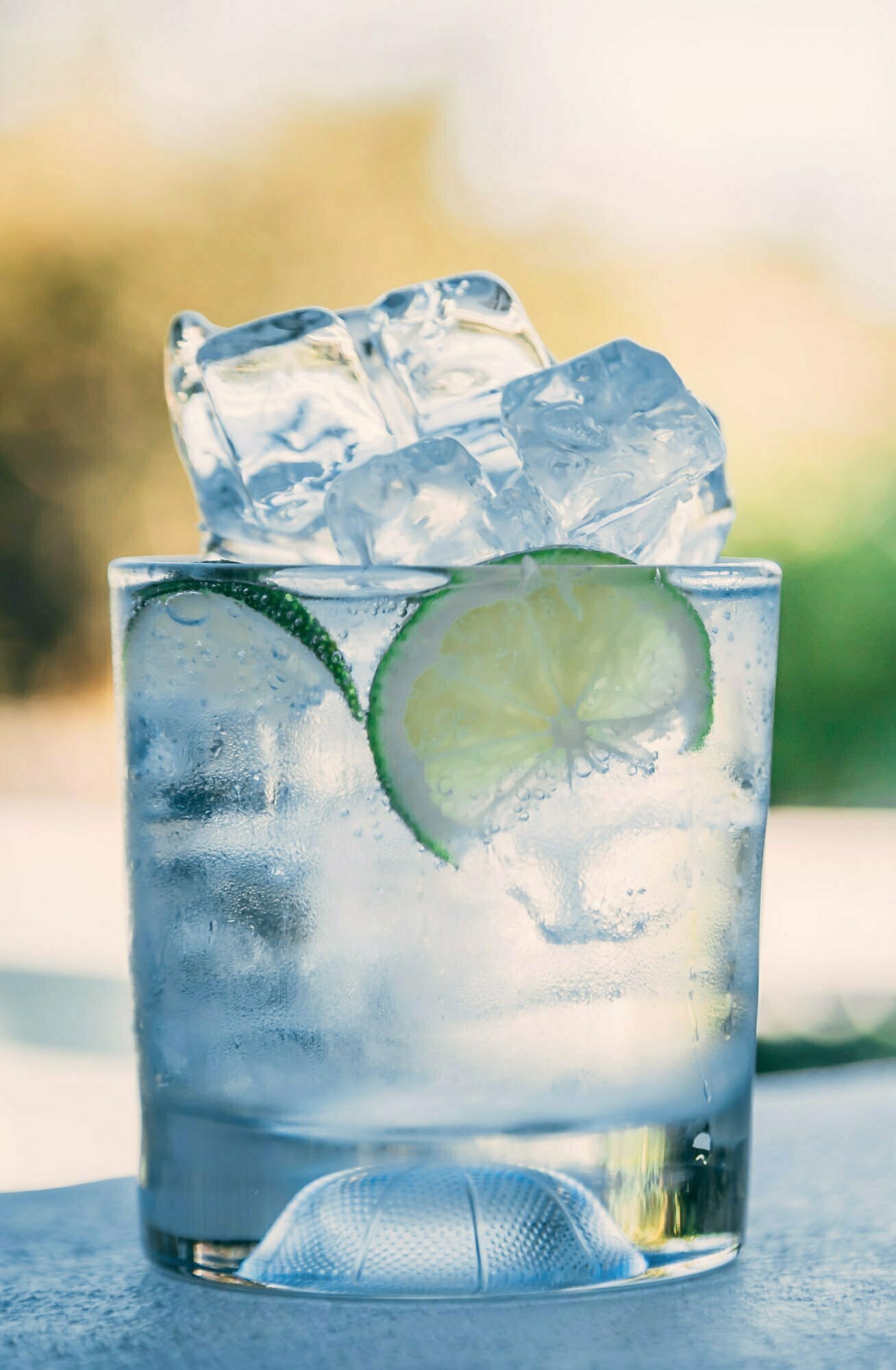
Formentera
The smallest of the inhabited Balearic islands is Formentera is just 19 kilometers (12 miles) long and is located 9km (5.5 miles) to the south of Ibiza. The island is only accessible via ferry and has a population of around 12,000 people.
During the summer, this number swells dramatically and the island buzzes with a busy tourism season. Many visitors flock to the many quiet beaches and bays around the island and take accommodation near the many white-sand beaches or quaint villages scattered around the island.
With limited land available, a majority of produce is sourced from nearby islands or the Spanish mainland. There are a few notable exceptions, including dried fish and seafood that can be caught around the sea of Formentera.
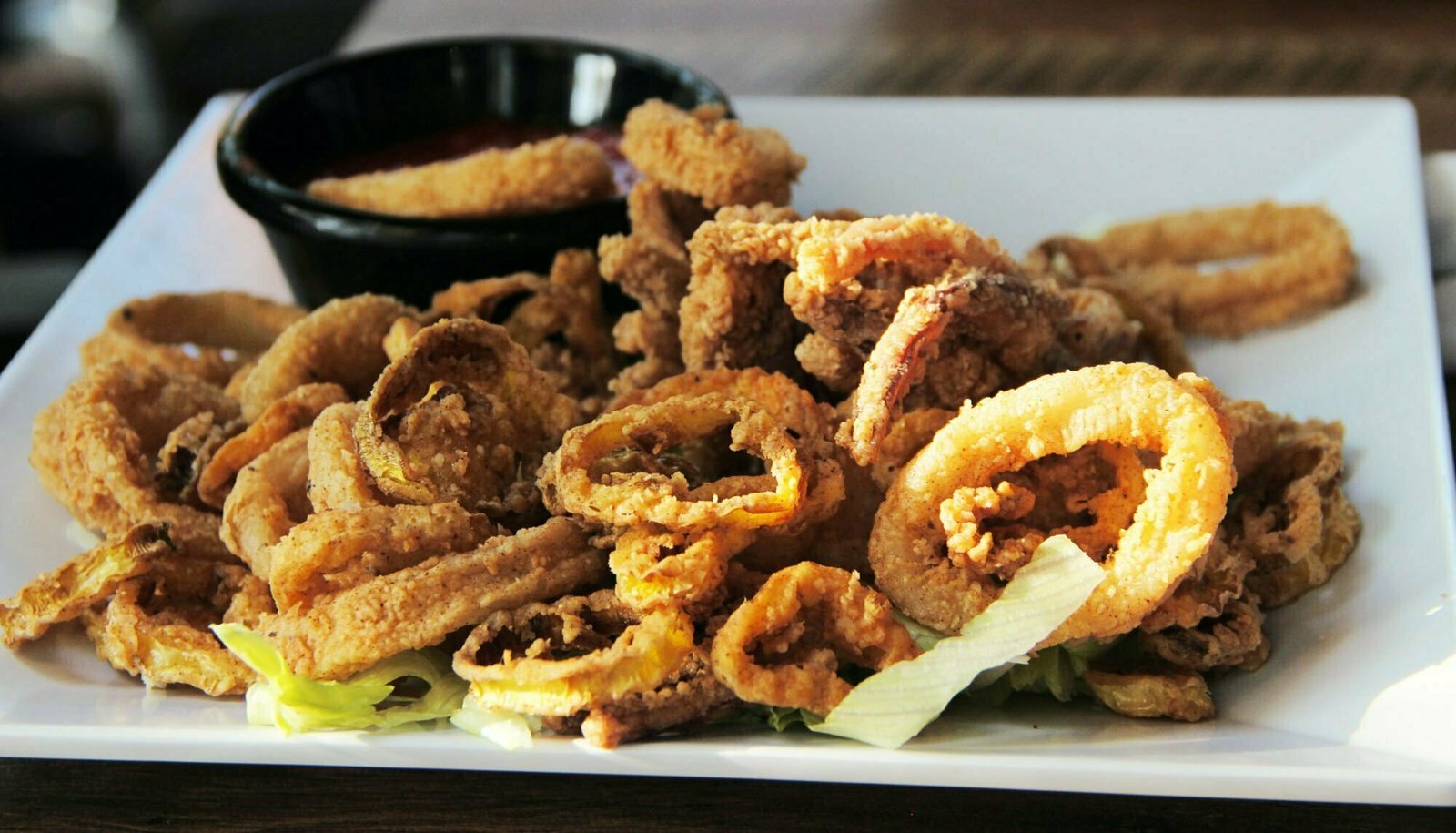
Popular cuisine from Formentera
- Peix sec (dried fish) was originally cured with salt by fishermen so they could enjoy fish year-round. Nowadays, Peix sec is a specialty and is often used in the traditional “farmer salad”, a dish that can be found in a majority of restaurants on Formentera.
- Calamar a la bruta – Calamari or squid that is cooked in its own black squid ink is a popular summertime dish that is served in many restaurants on Formentera.
- Sobrasada – Blood sausage that is found on all of the Balearic islands.
- Formentera liquid salt is a superior salt that’s obtained straight from the sea around the island. The salt is considered of excellent quality due to the filtration process, oxygenation, and mineralization from the sea.
- Es Morer Honey is also harvested on the island which is considered exceptional quality due to the low pollution rate and absence of any agricultural chemicals. Honey is typically made with the flowers of rosemary or thyme, depending on the season.
- Figs are often preserved or dried and are commonly served with local cheeseboards.
Drinks and wine from Formentera
Formentera has its own wine-growing area, known as “Vino de la Tierra de Formentera” which is around 12 hectares. A variety of grapes are grown including Malvasia, Prensal Blanco, Chardonnay, Viognier, Garnacha Blanca, and Moscatel de Grano Menudo for white wines, and Monastrell, Fogoneu, Tempranillo, Cabernet Sauvignon and Merlot (making red wines).
- Formentera Wines are typically focused on red and rose wines and often have high alcohol content.
- Unofficially, herb liquor is also made in many households of Formentera locals, where they can take advantage of the island’s abundant supply of aromatic herbs.
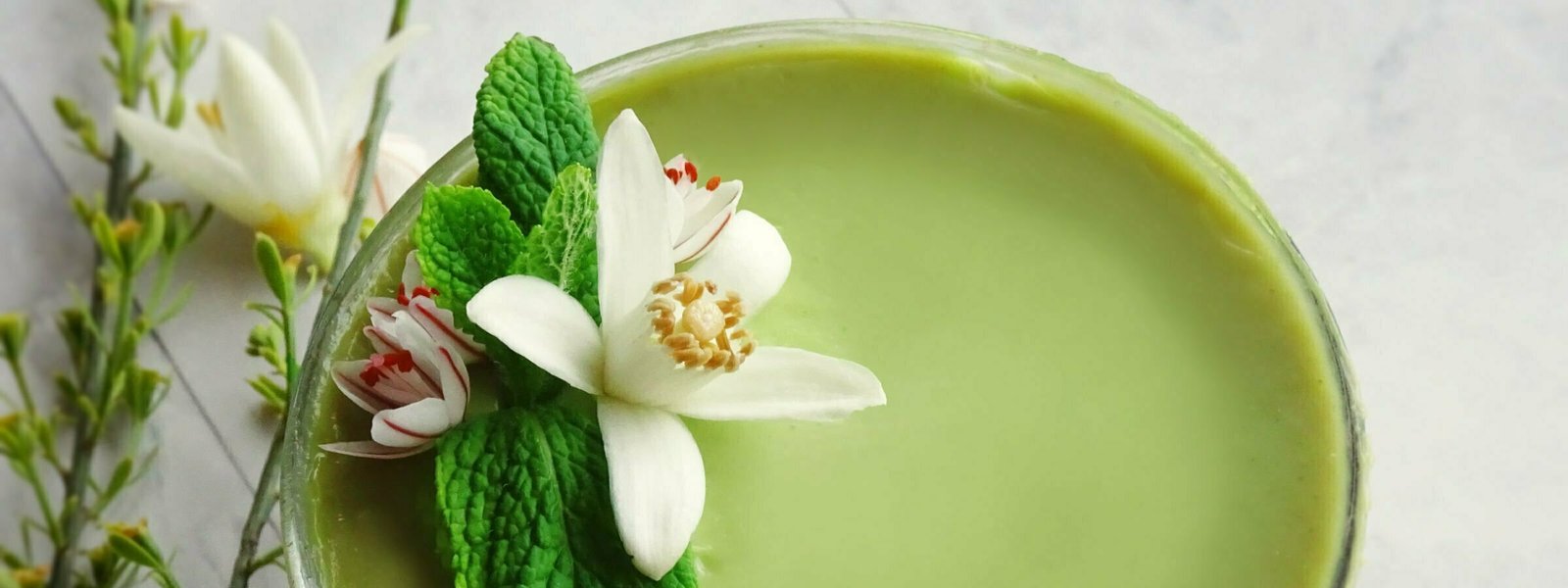
Desserts from the Balearic Islands
Balearic Island desserts have carved quite a reputation across Spain and internationally. Many of the dessert recipes from the Balearic Islands can be found on all of the inhabited islands, not to mention in some dedicated restaurants throughout the Spanish mainland too.
In any of the larger cities or towns on the Balearic Islands, you’ll discover small bakeries (pastelerías) selling a wide range of cakes and other sweet treats that are well worth taking a little time to sample with a coffee.
Some of the best pastelerías to find on the Balearic Islands include;
- Lluis Perez Pastisser (Palma, Mallorca)
- Fornet de la Soca (Palma, Mallorca)
- Thomas’ Bakeshop Boutique (Palma, Mallorca)
- Pastissería Moll (Ciutadella, Menorca)
- Forn de Sa Placa (Es Mercadal, Menorca)
- Pastelería La Canela (Ibiza old town)
- Pasteleria bon gust (Ibiza old town)
- La Mukkeria (Formentera)
- Forn Manolo (Formentera)
Traditional Balearic Island desserts
Traditional Balearic Island desserts can also be found in the many restaurants and cafes throughout the Balearic Islands. All are delicious and combine locally sourced ingredients such as fruit, figs, apricots, and almonds.
Here are a few notable Balearic desserts to keep an eye out for whilst exploring any of the Balearic Islands!
- Coca de albaricoques’ (apricot cakes).
- Ensaimadas are spiral-shaped pastries that are officially named Ensaïmadas de Mallorca and are famous worldwide.
- Small sponge cakes called ‘quartos’, ‘rubiol’, ‘crespell’, ‘flao’ and ‘gato de almendra’.
- Ibizan flaó, cheesecake flavored with mint and often has a taste of aniseed. (Ibiza)
- Greixonera de brossat – A traditional type of cheesecake originating from Mallorca that is made with sugar, eggs, cinnamon, lemon zest, and brossat (also known as requesón) – Made with fresh cottage cheese that is made from cow’s milk, although ricotta can also be a good substitute.
- Gató d’ametlla – A cake made with almonds, sugar, and eggs, and almond-flavored ice cream.
- Almond ice cream is also very popular throughout all of the Balearic Islands and can found pretty much everywhere during the summertime.
- Greixonera – Often found in Ibiza, this dessert is usually made with leftover ensaimadas (spiral-shaped pastries) and is similar to bread pudding.
- Gató d’ametlla – A traditional Mallorcan cake originating from Valldemossa.
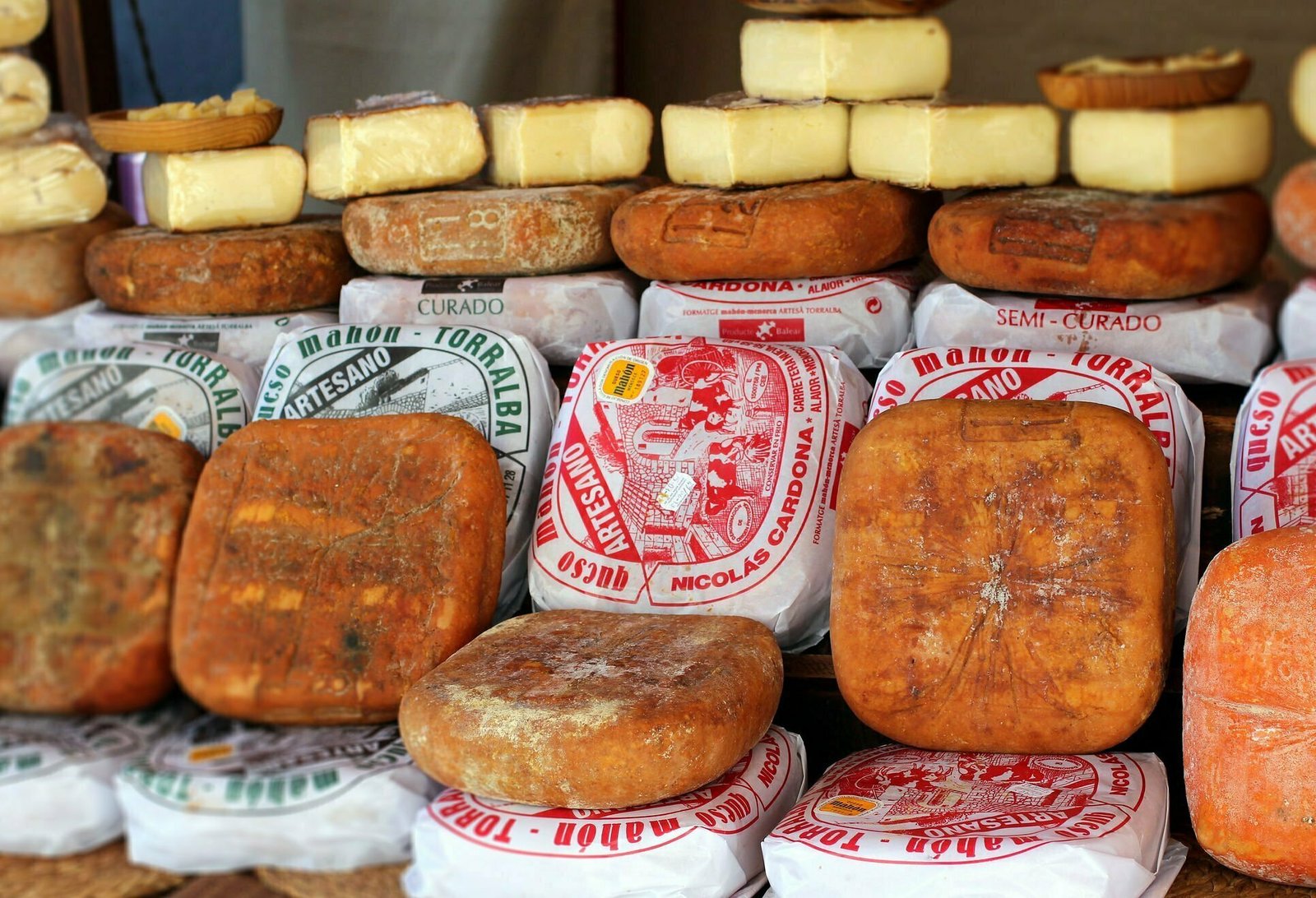
Cheeses of the Balearic Islands
Queso de Mahon’ is a cheese exported from the port of Mahon, the port and capital of Menorca. The cheese is easy to spot with a bright orange wax seal, and is a soft pale cheese made from cow’s milk, and has a strong buttery and salty taste. It’s ideally served with fresh bread and some red wine.
Formentera also produces small quantities of goat and sheep cheeses that are used in their cuisine.

The Mediterranean Diet –
It’s no secret that the Mediterranean diet is healthy. It has been proven in numerous studies from all corners of the world, it aids weight loss, reduces the risk of heart disease and type 2 diabetes, as well as a growing list of other health benefits.
Find out what’s most exciting about the diet and create some incredibly tasty and simple Spanish recipes.
The Spanish Radish Blog
Spanish Gazpacho Andaluz | VEGAN Chilled Soup Recipe
Spanish Gazpacho Andaluz Spain's favorite VEGAN chilled soup recipe! Gazpacho Andaluz is a delicious and fresh soup recipe that will transport your tastebuds straight to the sun-kissed landscape of Andalusia, Spain. This soup is...
Mediterranean Rainbow Salad with Easy Olive Oil Salad Dressing | Healthy VEGAN Recipe
Mediterranean Rainbow Salad with Easy Olive Oil Salad Dressing Embrace the summer vibes with this Mediterranean twist on a classic and colorful Rainbow salad. This recipe is healthy, loaded with healthy salad veggies that are a...
Spanish-Style Chicken Marinade – 30 Sec Recipe with 8 Ingredients
Spanish-Style Chicken Marinade Elevate your chicken recipes with this super easy Spanish-style chicken marinade with big Spanish flavors. This marinade requires no special equipment (a jar and a fork) and can be whipped up in...
